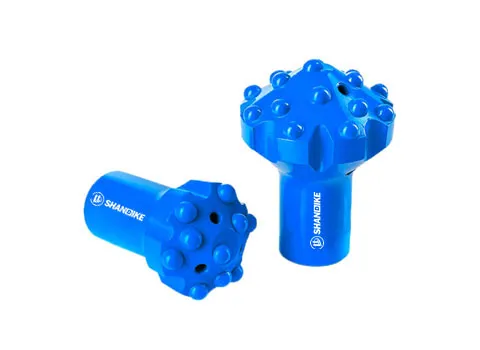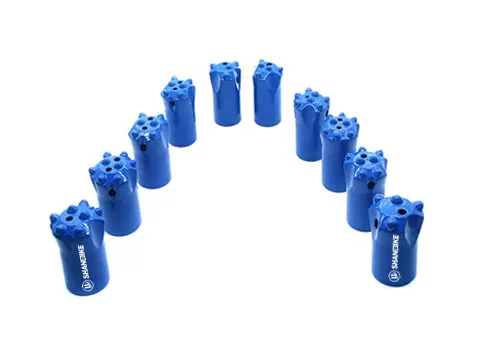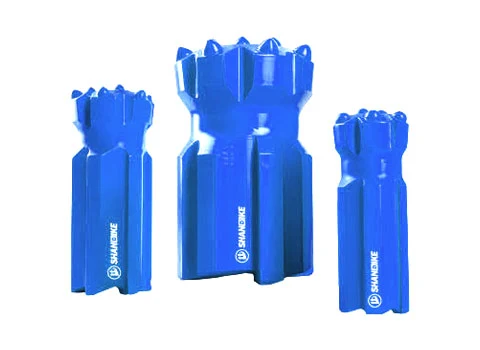Causes: Insufficient air pressure, blocked air passages, worn piston/seals.
Solutions: Verify air compressor settings and hoses for leaks, clean air passages with high-pressure air or flushing, replace damaged seals or pistons.
Causes: Worn/damaged drill bit, incorrect bit size/type, low air pressure, hard geological formations.
Solutions: Inspect and replace the bit, select bits suited to rock hardness, optimize air pressure/flow, and adjust drilling parameters.
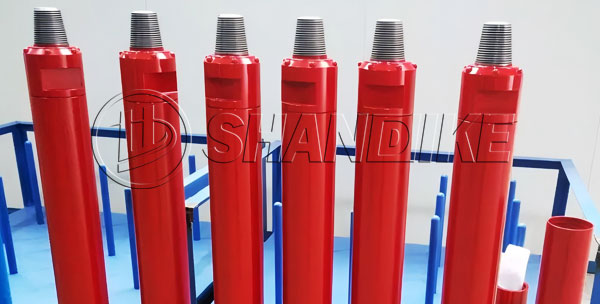
Causes: Loose internal/external components, foreign debris, piston/cylinder wear.
Solutions: Tighten all connections, flush the system to remove debris, inspect and replace worn piston/cylinder liners.
Causes: Damaged O-rings/seals, loose fittings.
Solutions: Replace seals regularly, ensure all connections are tightened to manufacturer specifications.
Causes: Debris accumulation, unstable borehole walls, bit balling.
Solutions: Flush with air/water, use stabilizers for hole integrity, reverse rotation carefully, and avoid forcing the hammer.
Causes: Abrasive formations, lack of lubrication, misalignment.
Solutions: Use anti-abrasive bits, maintain proper lubrication (e.g., air-line oilers), ensure drill string alignment.
Causes: Fatigue from cyclic stress, poor maintenance, improper use.
Solutions: Schedule regular inspections, replace parts per service life, avoid excessive feed pressure.
Causes: Prolonged use, insufficient cooling, hard rock.
Solutions: Monitor bit condition, ensure adequate airflow for cooling, use bits with hardened inserts.
Causes: Contaminated air, wear.
Solutions: Install air filters/dryers, clean or replace valves during maintenance.
Causes: Seal failure, excessive air pressure.
Solutions: Replace collar seals, adjust air pressure to optimal levels.
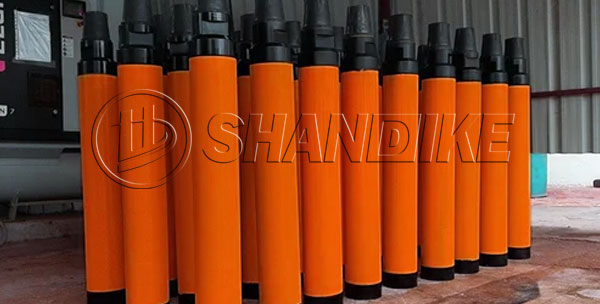
Regular Maintenance: Disassemble, clean, and inspect components periodically.
Lubrication: Use recommended oils to reduce friction.
Alignment: Ensure straight drill strings to prevent uneven wear.
Training: Educate operators on proper handling and troubleshooting.
Air Quality: Use clean, dry air to avoid contamination.
By addressing these faults proactively and adhering to maintenance protocols, DTH hammer efficiency and lifespan can be significantly enhanced.
